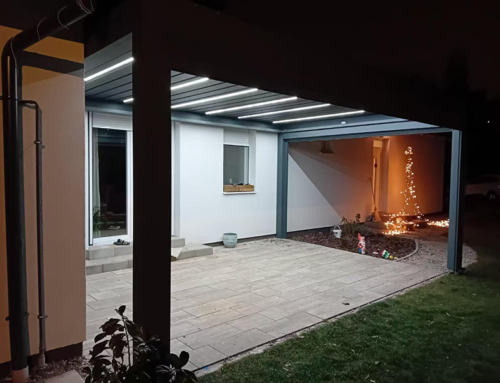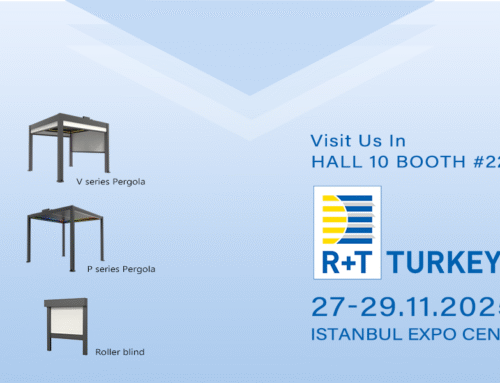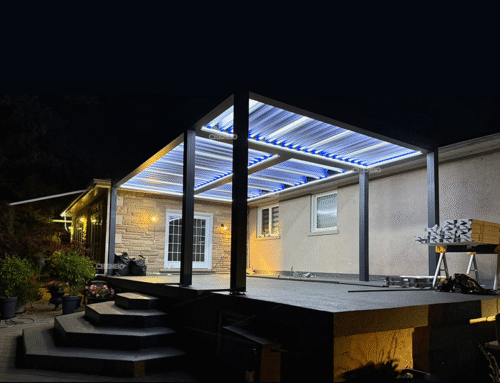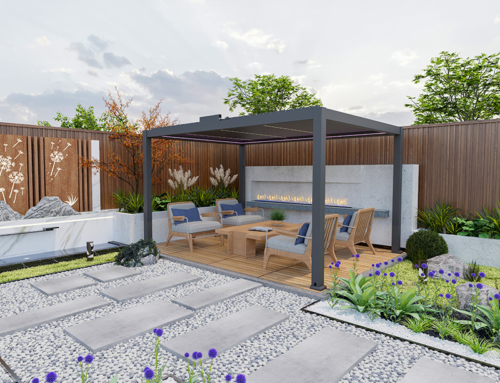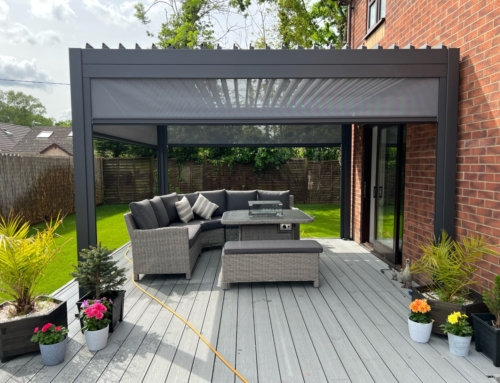Domestic sunshade industry scale exceeds 58 billion yuan in 2025, with architectural sunshade accounting for 67% of the total.
The penetration rate of smart shading systems rises from 18% to 38% in 2022, the cost of rail-mounted motorized canopies falls by 40%, and IoT control modules become standard, with adjustments controlled via an app.
1. Price fluctuations of key materials
The rising prices of materials such as aluminum, polyester fabrics or fiberglass fabrics directly pushes up the manufacturing cost of exterior sunshade roller blinds.
2. Competition and certification barriers in the international market
The levy of taxes in some countries for export is increasing, forcing the purchase cost to increase greatly, and the logistics timeframe is also delayed by its impact.
In addition, such as the European Union’s environmental regulations are becoming more and more stringent.
3. Market differentiation and transformation dilemma
Low-end overcapacity, low capacity utilization of traditional sunshade products, price wars leading to extremely low gross margins, compared with the huge gap between intelligent products;
Industry reshuffle accelerated period, technology iteration and compliance capabilities will become a watershed, small and medium-sized enterprises need to leverage industrial synergies to achieve differentiated breakout.


